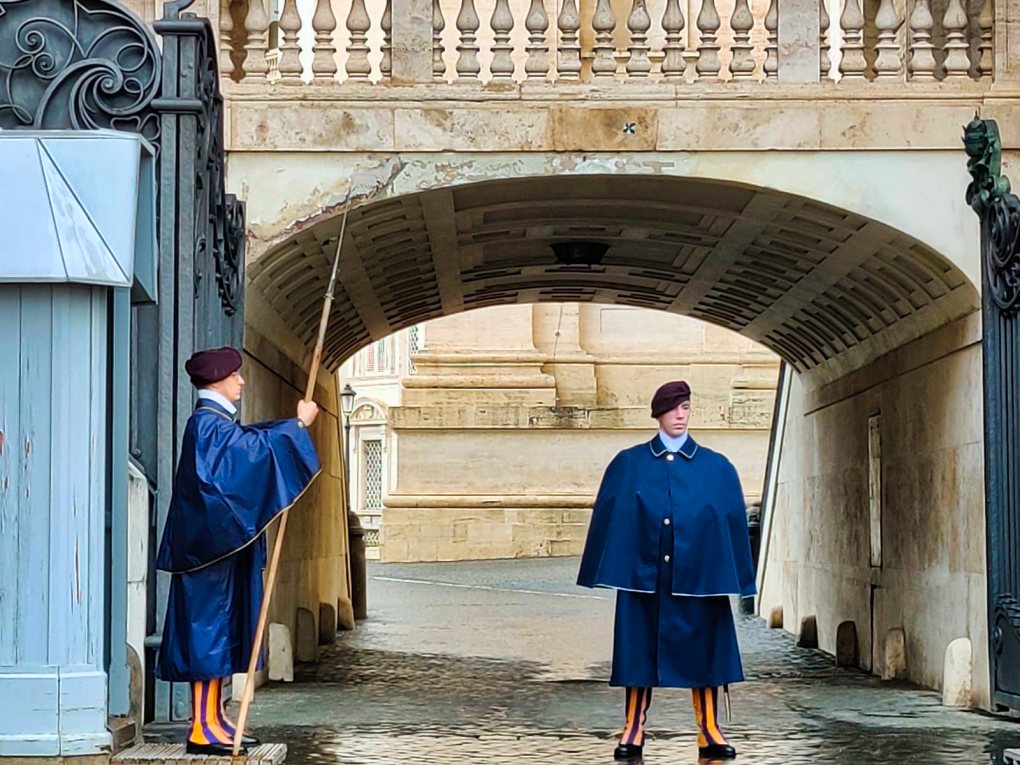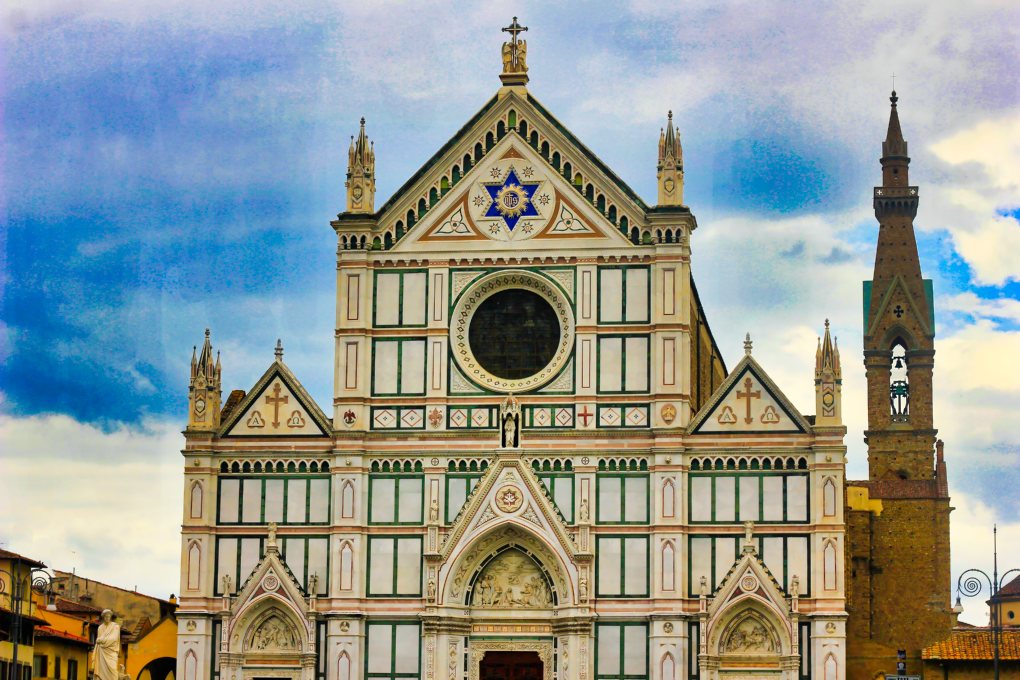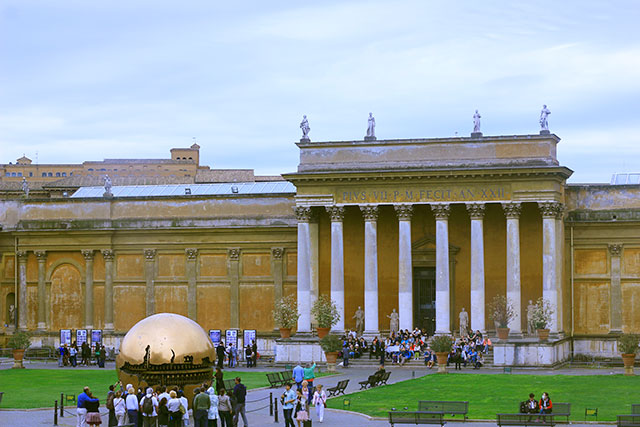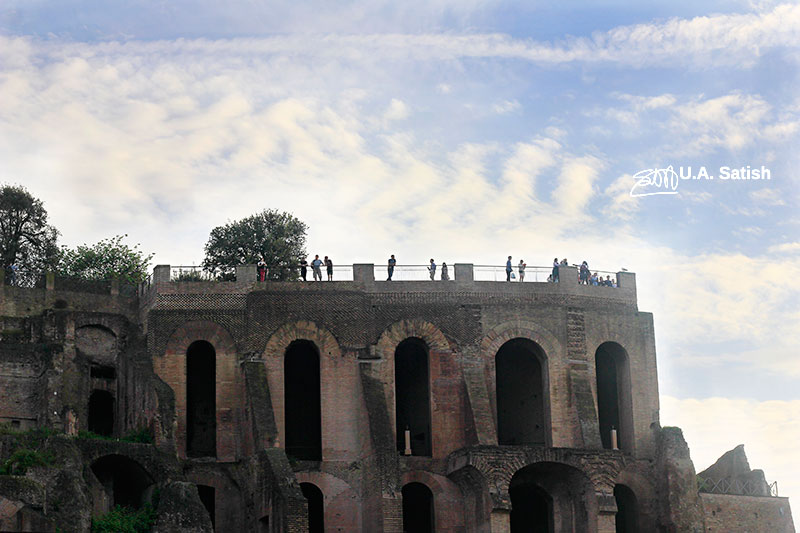Swiss Guards – the Pope’s Army in Vatican City

Swiss Guards act as bodyguards of the Pope. They also protect the 108-acre Vatican City and the pontifical villa of Castel Gandolfo. Roman Catholic Church recruits them to the Pontifical Pope’s Army. It is the the world’s smallest army with a strength of 135 active personnel. Swiss Guards have kept the Popes out of harm’s way for more than 500 years. …
Swiss Guards – the Pope’s Army in Vatican City Read More »



